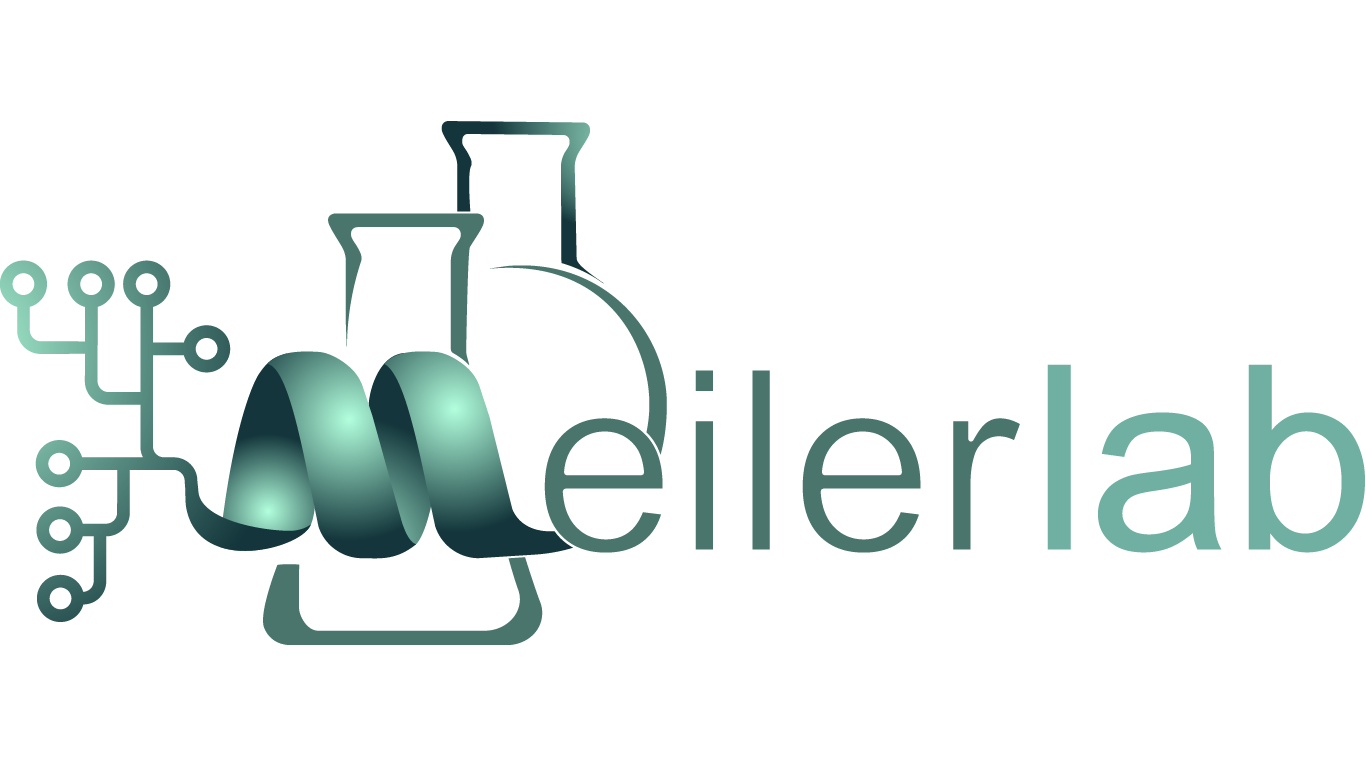The conformational heterogeneity and flexibility of loops makes computational prediction a challenging task. Experimental data is also sparse as the dynamic nature of loops makes full resolution impossible in many structures. A combined lack of computational tools and experimental data has limited the establishment of structure/function relationships for this class of motifs. To address this knowledge gap, we have developed the Hash/RCD method. Hash/RCD is a component of the BCL library that rapidly generates diverse libraries of possible loop conformations in proteins with missing amino acid residues [1]. Our approach combines and assembles previously characterized loop conformations found in the PDB using a hash map before optimizing their geometries with a random coordinate descent (RCD) algorithm. This unique marriage of experimental data and RCD enables the generation of loops that are both similar to those found in nature and congruent with their specific structures.
References
[1]
Del Alamo, D.; Fischer, A. W.; Moretti, R.; Alexander, N. S.; Mendenhall, J.; Hyman, N. J.; Meiler, J. Efficient Sampling of Protein Loop Regions Using Conformational Hashing Complemented with Random Coordinate Descent. J. Chem. Theory Comput. 2021, 17, 560–570. https://doi.org/10.1021/acs.jctc.0c00836.
